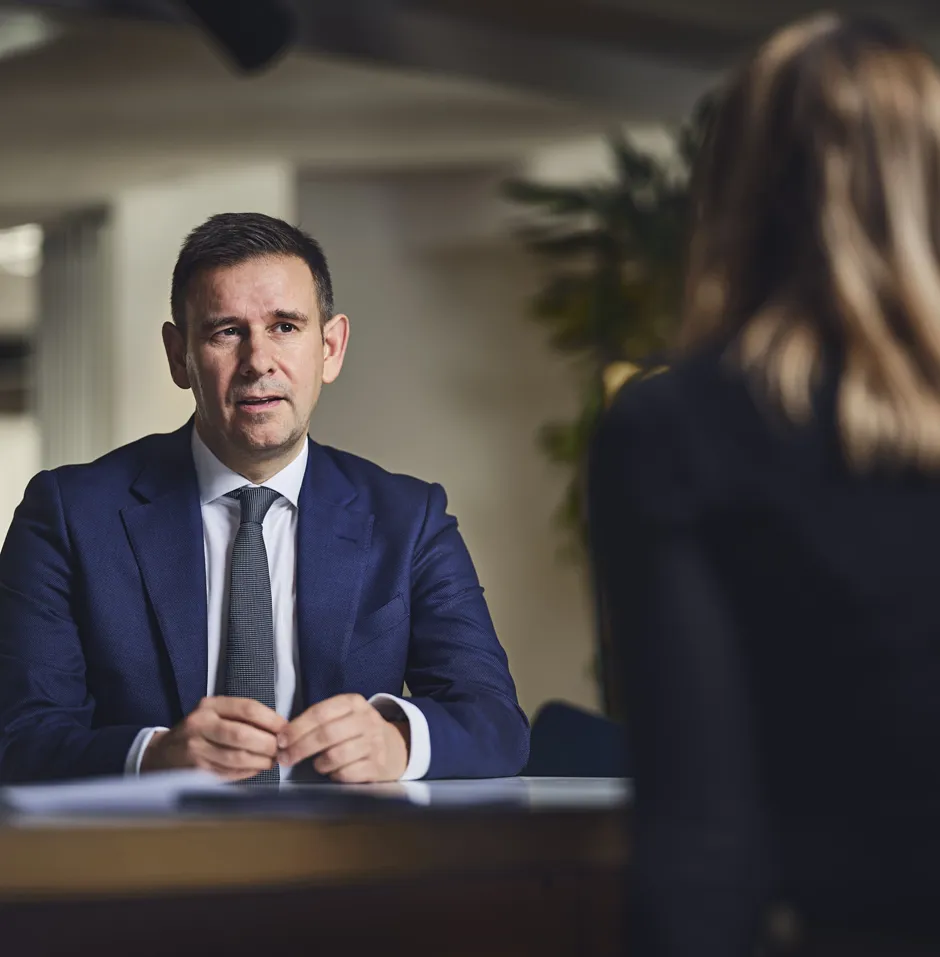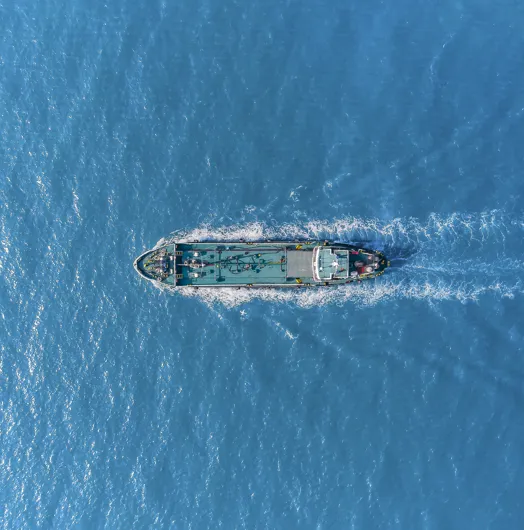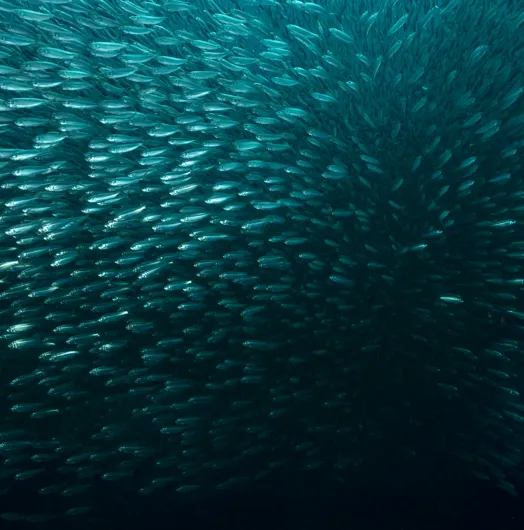Our resilience, innovation and forward planning ensures we can navigate change successfully and sustainably.
Change in our business is constant. From the impact of unprecedented global events such as the financial crisis, the global pandemic and major conflicts to long-term changes in trade, fleet, shipbuilding and finance. With an accelerating green transition, change is increasingly being driven by new and complex emissions regulation and policies. The introduction of new IMO regulations in 2023 is a hugely significant milestone in shipping’s decarbonisation pathway and in the way our industry will operate.
TIMELINE
Accelerating the move to cleaner shipping
The necessity for change
The scale of the challenge to decarbonise shipping is unprecedented. And the shipping industry must meet this challenge while continuing to facilitate essential global trade that is increasing in complexity and volume. Accelerating regulation, policy, technology and innovation will all be vital in driving the green transition for shipping.
Steve Gordon

Decarbonisation by numbers
We estimate that in 2023 the shipping industry will produce 855 million tonnes of CO2, some 2.3% of global output. While progress has been made since peak emissions in 2008, there are new and complex regulations and policies that will now accelerate change. The IMO is already targeting a 40% reduction in carbon intensity by 2030 and a 50% reduction in all GHG emissions by 2050. And there are pressures to go even faster.
We provide a constant flow of intelligence, data and analysis monitoring shipping’s green transition, from the uptake of alternative fuels to the speed of vessels and the impact of regulation on market supply and demand. This ensures our clients are informed on the huge regulatory technological, economic and investment challenges facing them.
A growing impact
In 2023, both the CII and EEXI will provide some of the clarity that ship owners have needed to help lower their emissions. CII will have a growing impact in terms of dictating vessel speeds to improve energy efficiency whilst other emission-reduction solutions are deployed.
Kenneth Tveter
Short-term pain, long-term gain
To comply with CII regulations, we will continue to see the speed of the global fleet slow down. This may create short-term disruption with a tighter market and increased freight rates. But for vessel owners it will provide a clearer pathway to effectively lower emissions and inform their fleet renewal strategies to help reach 2030 goals.
We’re working closely with clients to help them understand the impact of CII, not only from a risk mitigation perspective but also the opportunity it brings from chartering attractiveness, ship value and fleet renewal strategies.
Newbuild trends have started to shift
At the heart of reducing shipping's 2.3% contribution to global CO2 emissions will be a fuelling transition. We're already seeing this materialise through the profile of newbuilding orders.
Rob McKinlay
Investing in alternatives
Although shipping’s huge fleet renewal programme is in its infancy, we are already seeing tiered markets develop. By the end of 2023, we project that 30% of the fleet tonnage will be modern eco, 24% will be scrubber fitted, 6% will be alternative fuelled and 25% will have an Energy Saving Technology.
We’ve always worked closely with our clients to understand more about their fleet renewal strategies to ensure they can maximise their investments. LNG dual fuel has dominated ordering but we have also seen focus on methanol and a trend towards optionality.
Understanding shipping decarbonisation

What is EEXI and CII?
One of the goals set out in the IMO’s ‘Initial GHG Strategy’ is to reduce the average carbon intensity of the international shipping industry by at least 40% by 2030, relative to 2008. 2023 Regulation will help to drive those targets
Read more
How has shipping improved its environmental impact?
Decarbonisation is increasingly being driven by new and complex emissions regulation and policies. But environmental initiatives are not new to the shipping industry. In this article, we look back to recognise the industry’s pathway to cleaner shipping.
Read more
Our role in shipping's green transition
The world is uniting to tackle climate change and accelerate action towards more sustainable ways of living. We are playing a key role in guiding the maritime industry through this green transition - to minimise impact, whilst continuing to meet the needs of global trade.
Read more


